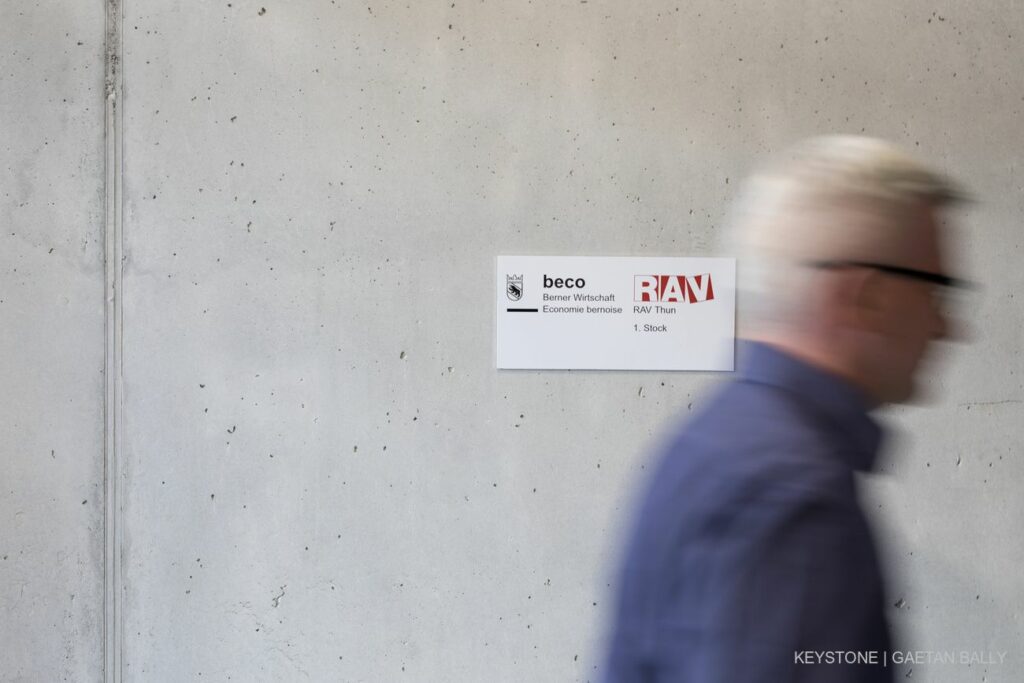Mar, Ene 9th 2024
Navigating Economic Shifts in Switzerland

Yearly Average at Historic Low: For the year 2023, the average unemployment rate was at its lowest since 2001, recorded at 2.0%.
In December, the Swiss job market experienced a slight uptick in unemployment, reaching 2.3 percent, up from 2.1 percent.
Historical Context: The last time the unemployment rate was lower than 2.0 percent was in 2001, at 1.7 percent.
This change, reported by the State Secretariat for Economic Affairs (Seco), marks a notable shift in the Swiss labor market. Despite this increase, the annual average for 2023 remained at a historic low of 2.0 percent, the lowest since 2001.
The end of December saw 106,859 individuals registered as unemployed with regional employment centers (RAV).
10.2% increase compared to December 2022.
Looking ahead, Zürcher expects a temporary rise in unemployment in the coming months, with improvements anticipated in the warmer seasons. For the entire year, Seco’s economists predict the unemployment rate will remain exceptionally low at around 2.3%.
Boris highlighted the exceptional performance of the labor market in 2023. Following the coronavirus pandemic, employment saw a significant upswing. The average unemployment rate last year was reported at 2.0% by Seco, a reduction of 0.2 percentage points from 2022 and the lowest since the 1.7% rate in 2001.
In absolute terms, an average of 93,536 individuals were registered as unemployed in 2023, marking a 6.1% decrease from the previous year.
In a separate development, Swiss Post announced a significant cost-cutting program aimed at saving 42 million francs by 2025. This plan includes a reduction of 110 full-time positions in administrative support functions, primarily through natural fluctuation, early retirement, or employment level adjustments. However, up to 69 redundancies might still occur.
The job cuts will affect departments like Finance, Human Resources, IT/Technology, Communications, and CEO staff. Postmen and women or employees in branches or sorting centers, will not be impacted. Additionally, 114 might see relocation.
The current economic landscape, marked by a strong franc and global economic concerns, poses challenges, especially for export-oriented industrial companies. These companies are increasingly resorting to short-time work to manage demand fluctuations without resorting to layoffs. Seco has noted a recent uptick in applications for short-time work, although claims for these benefits remain low. However, an increase in short-time work payments is expected.
Another significant challenge is the ongoing shortage of skilled workers. Many companies are still struggling to find adequately skilled staff, with a particular demand for well-qualified specialists. Zürcher warns that this issue is likely to intensify, with projections showing more retirements than new entrants into the labor market in the coming years, peaking around 2030.
To address the skilled worker shortage, Zürcher advocates for better utilization of the potential workforce. This includes encouraging the continued employment of older workers and improving work-life balance, particularly for women, to tap into underutilized labor segments.
In conclusion, the Swiss labor market in 2023 demonstrated remarkable resilience and strength, as evidenced by the historical lows in unemployment rates. Despite a slight uptick in December, the overall trend for the year remained positive, with the average unemployment rate reaching its lowest point since 2001. This stability in the job market, even in the face of global economic shifts, underscores the robustness of the Swiss economy.
For a deeper understanding of the underlying factors contributing to Switzerland’s economic success and its competitive edge on the global stage.
I recommend reading our article about Swiss competition.
©Keystone/SDA
